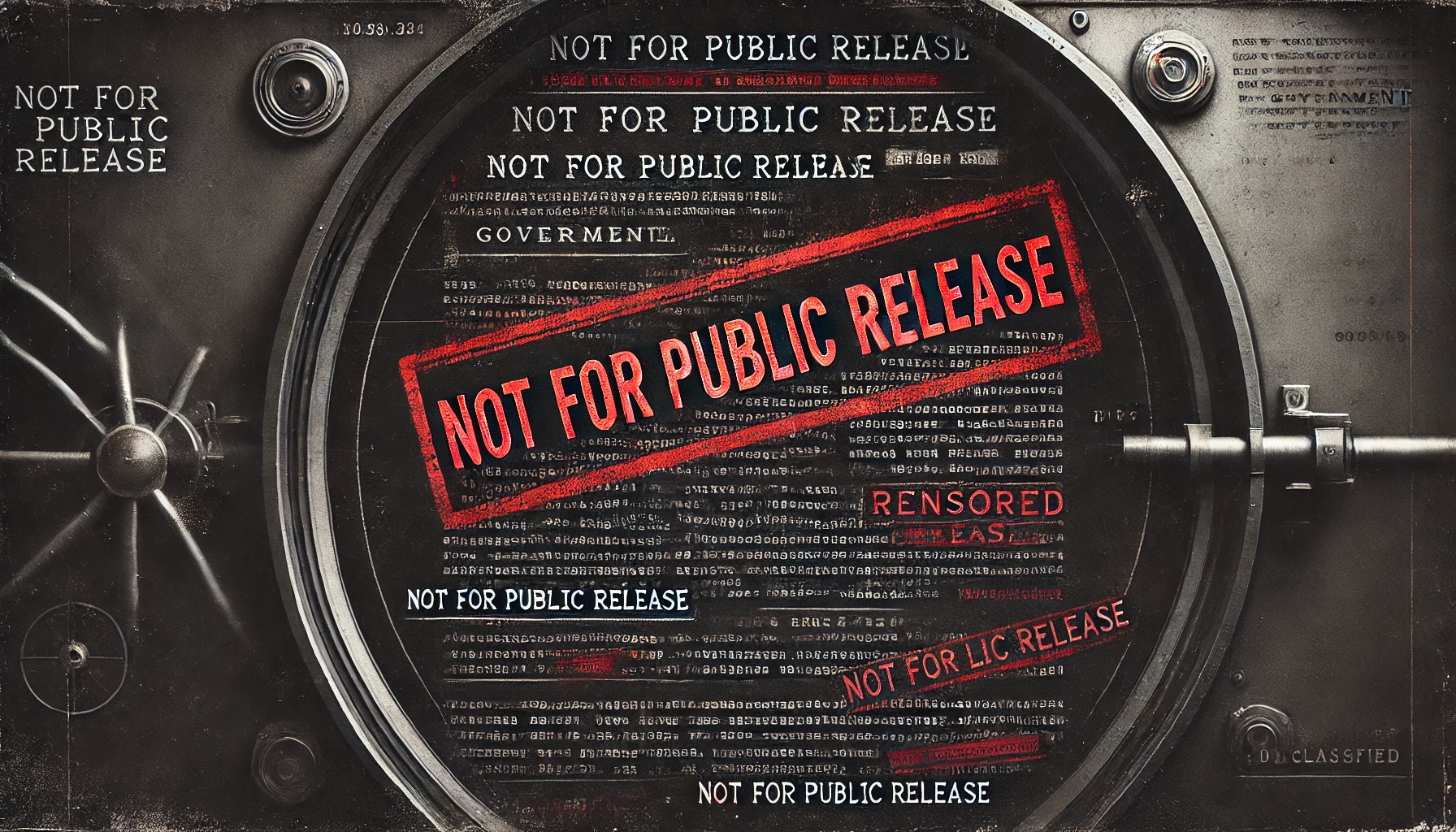For years, Elon Musk’s SpaceX has touted Starlink as the future of global internet access—a revolutionary satellite constellation that would bring high-speed connectivity to even the most remote corners of the world. However, a new and alarming trend threatens the viability of this massive venture.
A Fiery Descent: Over 120 Satellites Lost in January 2025 Alone
Recent data reveals that 120 Starlink satellites burned up in Earth’s atmosphere in January 2025 alone. This is not an isolated anomaly. If this trend continues, over 1,400 satellites could be lost by the end of the year, raising serious questions about the sustainability of SpaceX’s ambitious project.
How Much Is This Costing SpaceX?
The cost of each Starlink satellite is estimated to be $250,000 to $500,000, depending on the model and upgrades. Assuming an average cost of $350,000 per satellite, this means SpaceX is losing over $42 million worth of satellites per month—or a staggering $500 million per year if this burn-up rate remains constant.
To maintain the network, SpaceX must continuously launch replacements, spending enormous resources to simply break even. Each Falcon 9 launch carries around 20 to 60 satellites, costing $67 million per launch (including booster reusability savings). Even at full efficiency, the company would need at least 25 launches per year just to replace the losses, requiring an additional $1.6 billion annually in launch costs alone.
Can Starlink Maintain Global Coverage?
Theoretically, Starlink’s design allows for gaps in coverage, as thousands of satellites work together in a mesh-like network. However, a sustained 20% annual satellite loss rate could spell disaster for customers relying on uninterrupted service. Rural customers and critical users like military forces, emergency responders, and maritime industries could experience service degradation, slower speeds, and blackouts.
Moreover, the question of bandwidth capacity remains open—if SpaceX is forced to devote a significant portion of its satellites to simply maintaining the network, it could struggle to provide the high-speed internet experience originally promised. How long can SpaceX keep up with this replacement cycle before the economics collapse?
Is Starlink a Failing Venture?
When Starlink first launched, it was positioned as the solution to global internet inequality. But with this rising satellite attrition rate, Starlink is starting to look less like a tech miracle and more like an economic black hole.
- Over $1 billion per year in replacement costs (satellites + launches).
- Continuous re-launch requirements to keep up with losses.
- Potential degradation of service if satellite losses outpace launches.
- Regulatory concerns—some experts are already calling for a cap on Starlink’s expansion due to space debris concerns.
With these mounting issues, one has to wonder: Is Starlink a doomed venture? If SpaceX can’t control the burn-up rates, the whole system may become unsustainable. The alternative? A potential pivot—SpaceX might have to abandon low-orbit satellites and look toward higher-altitude or alternative networking technologies.
What’s Next for Starlink?
Elon Musk and SpaceX have a history of defying odds, but this might be their biggest challenge yet. The company must either drastically improve Starlink satellite durability or accept a future where continuous losses cripple their ambitions.
As more satellites burn up in the atmosphere every month, Starlink’s fate hangs in the balance. Is this the beginning of the end for Musk’s satellite empire, or can SpaceX pull off another miracle?
Only time will tell.
Source:
Recent reports indicate that in January 2025, approximately 120 SpaceX Starlink satellites re-entered Earth’s atmosphere and burned up upon re-entry.
Regarding costs, estimates from 2019 suggest that each Starlink satellite was produced at a cost of well below $500,000, with some reports indicating figures as low as $250,000 per satellite.
Additionally, internal estimates from 2024 place the cost of a Falcon 9 launch between $15 million and $28 million, thanks to efficiencies gained from reusability.
These figures provide insight into the financial implications of maintaining and replenishing the Starlink constellation amid the recent increase in satellite deorbits.







